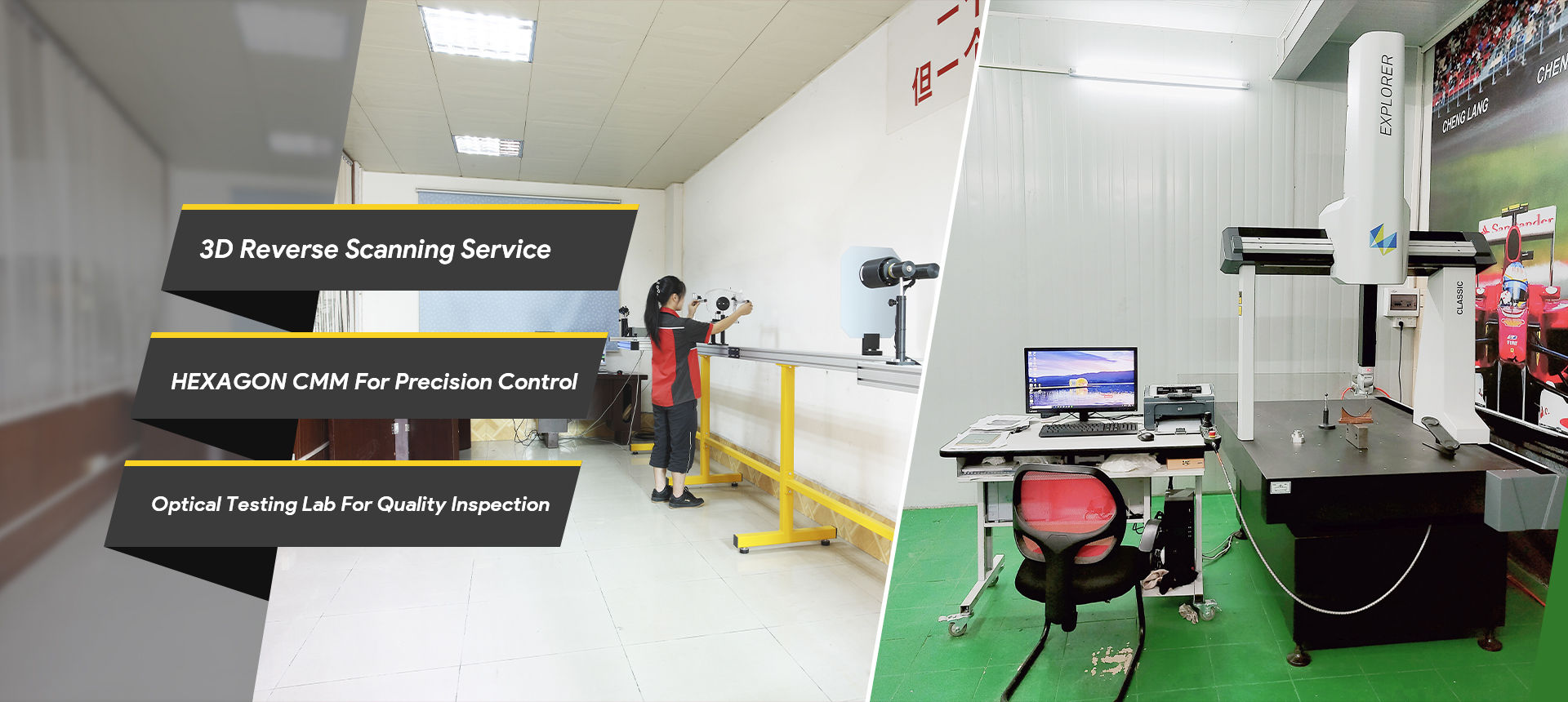Class III medical devices are those that sustain or support life, are implanted, or pose potential risks to patients if they fail. These products undergo the most stringent regulatory controls, and any manufacturing process involved must meet rigorous standards. Injection molding for Class III medical products stands out as a highly reliable manufacturing method that ensures consistency, precision, and scalability in producing critical medical components.
Why Injection Molding Is Ideal for Class III Medical Products?
Injection molding offers a controlled process ideal for manufacturing complex and high-precision parts. Medical injection molds are designed to create components with extreme accuracy and consistency, making them a perfect fit for Class III devices. With a well-developed injection molding process, manufacturers can produce large volumes of identical medical-grade parts that meet strict specifications. This is crucial for devices such as pacemakers, artificial valves, and other life-sustaining implants, where even the slightest deviation can have severe implications.
In addition, the injection molding process allows for the use of medical-grade injection molding plastic materials that are biocompatible, sterilizable, and durable. These materials must pass stringent testing to ensure that they will not degrade or release harmful substances over time, which could compromise patient health. The properties of medical-grade plastics used in injection molding make them suitable for Class III applications, as they offer the reliability required for life-supporting devices.
In recent years, plastic injection molding medical parts companies have been innovating in tooling precision, mold validation, and production traceability, which are all critical for Class III medical products. The close collaboration between design engineers and medical injection molding manufacturers helps accelerate the development timeline while meeting compliance requirements from agencies such as the FDA or EMA.
Applications of Injection Molding in Class III Medical Devices
Implantable Devices: These devices require components that are not only small and highly intricate but also biocompatible and durable. Plastic injection mold for medical parts in implantable devices must meet rigorous requirements, as these parts come into direct contact with body tissues.
Surgical Instruments: Injection molding is widely used in producing surgical instruments, many of which are classified as Class III medical products. Items such as forceps, retractors, and catheter parts are often manufactured using medical-grade injection molding plastic due to their stabilizability and resilience.
Diagnostic Equipment Components: The medical injection molding industry plays a critical role in creating components for diagnostic devices used in high-stakes environments, such as MRI machines, CT scanners, and other imaging tools.
Drug Delivery Systems: Injection molding enables the production of intricate and reliable parts that allow these devices to function as intended, ensuring accurate dosage and timing of medication delivery.
Benefits of Injection Molding for Class III Medical Devices
The advantages of injection molding for producing Class III medical devices include precision, cost-effectiveness, scalability, and material versatility. The medical injection molding process is specifically designed to create high-quality, complex components in large quantities without compromising on consistency. These benefits make it a preferred method among medical device manufacturers looking to meet both regulatory and market demands.
The medical-grade plastics injection molding process ensures that all materials used can withstand sterilization methods such as autoclaving or gamma radiation without breaking down. Furthermore, the repeatability of injection molding makes it possible to minimize waste, control production costs, and speed up delivery — all critical aspects in the competitive healthcare market.
Leading injection molding companies for medical devices often employ cleanroom environments, Class 7 or Class 8 ISO-certified, to ensure particulate control and contamination-free production. This is especially important for Class III products, where sterility is directly related to patient safety.
Partnering with a Qualified Medical Plastic Injection Molding Manufacturer
Choosing a reliable medical plastic injection molding manufacturer is essential for meeting the rigorous standards of Class III medical products. Reputable manufacturers bring a wealth of experience and expertise to the table, ensuring every part meets regulatory compliance, biocompatibility, and reliability. With advanced technology and stringent quality control, these manufacturers help medical device companies produce injection molded medical products that support critical healthcare applications.
It is also important to consider whether the manufacturer offers design-for-manufacturing support and validation services, which are often necessary to get regulatory approval. Experienced plastic mold for medical parts suppliers can contribute to early prototyping, material selection, and long-term production stability.
Conclusion
Injection molding has become an important manufacturing method for producing Class III medical products. From surgical instruments to drug delivery systems, the precision and reliability of the medical injection molding process provide a foundation for developing safe, effective, and compliant devices. Through a commitment to quality and regulatory standards, the medical injection molding industry continues to support advancements in life-saving technologies, making it a vital component of modern healthcare.
With the continued evolution of medical injection molding applications, including the integration of automation, micro-molding, and real-time quality monitoring, manufacturers are better equipped than ever to meet the high-stakes demands of Class III medical devices. By leveraging innovation and regulatory knowledge, medical grade injection molding companies are helping shape the future of safe and effective patient care.

.jpg)

.jpg)